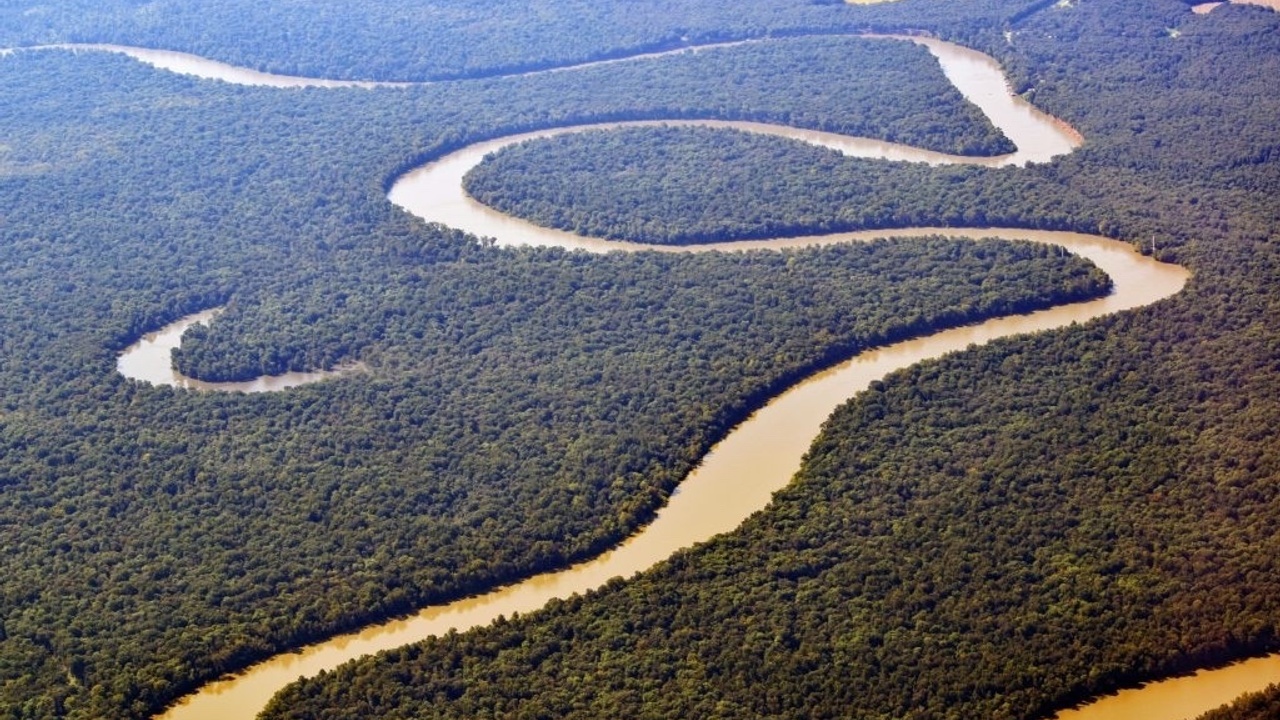
Releasement?
Nov 19, 2022The term ‘releasement’ evokes in its etymology a loosening, relaxation, and calm composure simultaneous with letting be.
Often connected with the mystical “letting be” (Gelassenheit) taught by the great medieval mystical philosopher, Meister Eckhart, it entered modern continental philosophy through Martin Heidegger’s repeated reference to the term in his later thought. Heidegger suggested that releasement offered a way out of the relentless modern will, the willfulness that seeks to control and dominate beings, turning the earth, animals, and humans into mere resources to be extracted and dominated.
The tricky thing about the will is that any attempt to overcome it easily slides into a willful project, the impossible attempt to willfully rid oneself of the will, to try hard not to try, to intend not to intend, to strive to be effortless, and so forth. Releasement offers a loosening of this trap, an allowing or 'letting,' utterly free from such willfulness. Some contemporary Buddhists, Deep Ecologists, and psychologists also drew upon this term to describe an open, contemplative relationship with meditation practices, the earth, and emotional phenomena.
The ecological dimension of ‘releasement,’ apparent in Heidegger’s critique of technological enframing, comes to the fore if we consider practices that let beings be—that let ecosystems be, that let animals and watersheds and forests and coral reefs just be. Colonizing, dominant, capitalist forms of life extract from and waste huge swaths of planet earth, consuming them in the global economy. An ecological releasement would let the earth be, cultivating a reciprocal relation of human activities and ecosystems.
I also see the term ‘releasement’ as part of the genealogy of philosopher Giorgio Agamben’s theory of inoperativity. Though Agamben distances himself from some of Heidegger’s later uses of Gelassenheit, claiming that it misunderstands the political dimension, nonetheless, some of the valences of releasement are developed in Agamben’s thought. For example, Agamben’s method often suspends the ongoing dialectical struggle between two opposed concepts (e.g. human and animal, biological life and culture, potentiality and actuality). Rather than perpetuate the relentless opposition, he renders the originary conflict between the two inoperative, showing how the two concepts need and rely on each other. The end result of this suspension is a zone of indifferentiation which opens things up for new uses. Part of Agamben’s ongoing philosophical and political project is to offer new modes of human praxis that contemplate an action as it is being engaged. Through this, the act may preserve in its very activity the potential to both act and not act, to be and not be. That is, inoperativity is offered as a mode of action that opens-up and suspends action as it is occurring, perhaps like writing on the surface of a still pond. A paradigm of such inoperativity is contemplation, and Agamben explores inoperative gestures as artistic, political, contemplative forms-of-life.
Releasement also evokes a style, tone, or tempo of contemplative life. This style is found in the carefree and loose style of the Daoism of the Dao De Jing and the Zhuang Zhou, in certain Ch’an/Zen poetics, and in the natural ease of the Great Perfection (rdzogs chen) tradition of Tibet.
In summary, then the term ‘releasement’ is used here to suggest a natural form-of-life, a relaxed style of practice—at once contemplative, political, and ecological—that loosens dominant apparatuses and habitual structures, opening them up for new uses and free play.
Sign up to receive blog posts and other writings delivered to your inbox.
We hate SPAM. We will never sell your information, for any reason.

